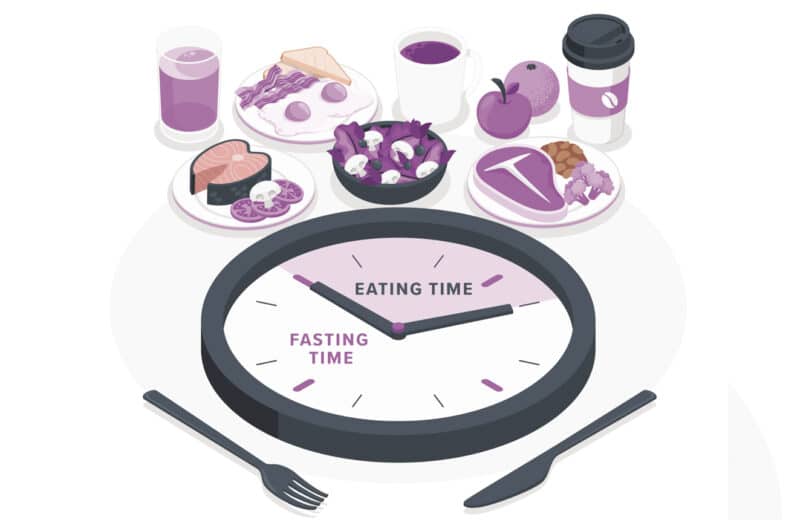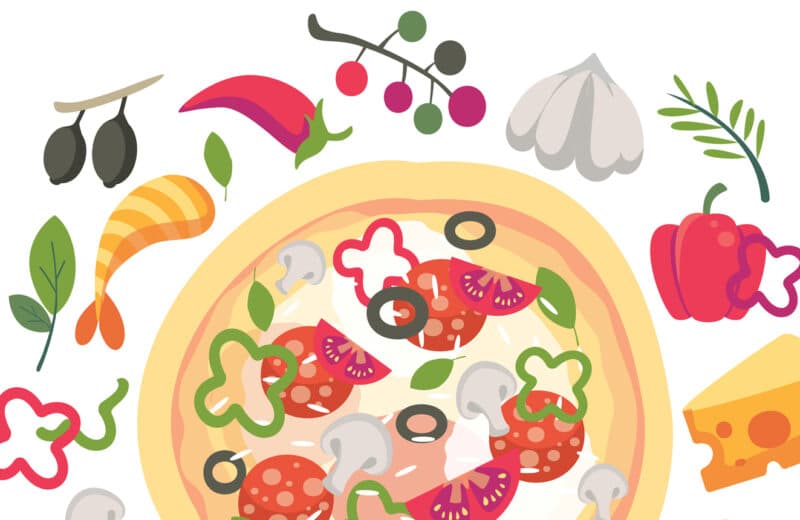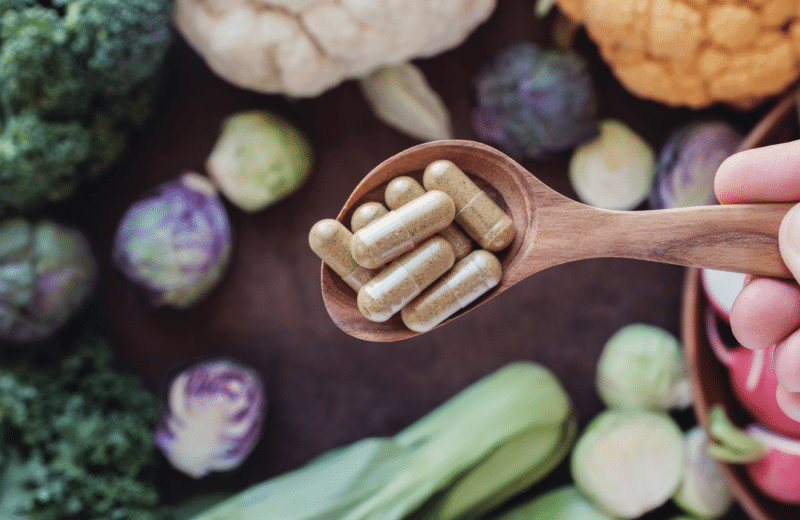Harvard Health Letters
Black or green, hot or iced, tea is gaining in popularity. Many cities and shopping malls feature specialty tea shops, and bottled teas vie for space on store shelves. The Tea Association of the U.S.A. says the tea market has quadrupled over the past two decades.
Tea’s purported health benefits — many of which are linked to the heart and blood vessels — may be fueling this trend. Just how might tea help your heart, and how strong is the evidence?
“Tea is a good source of compounds known as catechins and epicatechins, which are thought to be responsible for tea’s beneficial health effects,” says Dr. Howard Sesso, associate professor of medicine at Harvard Medical School and associate epidemiologist at Brigham and Women’s Hospital, Boston, Mass.
These compounds belong to a group of plant chemicals called flavonoids. Research suggests that flavonoids help quell inflammation, and that in turn may reduce plaque buildup inside arteries. Green tea has slightly higher amounts of these chemicals than black tea. Both black and green teas also contain modest amounts of caffeine, ranging from about 20 to 45 milligrams per 8-ounce cup. That’s roughly half the amount of caffeine in the same amount of coffee.
Time for tea?
Short-term studies have shown that drinking tea may improve vascular reactivity — a measure of how well your blood vessels respond to physical or emotional stress. There’s also evidence that drinking either black or green tea may lower harmful LDL cholesterol levels. Blood pressure may also dip slightly in people who drink tea, but results from these studies have been mixed.
Several large, population-based studies show that people who regularly drink black or green tea may be less likely to have heart attacks and strokes. However, people who drink tea tend to be different from people who don’t drink tea. “We can’t quite disentangle whether it’s their tea drinking or something else those people are doing that lowers their risk of cardiovascular disease,” explains Sesso. “Some experts believe that tea may have cardiovascular benefits, but it’s not considered a slam-dunk proposition.”
Don’t go overboard
Don’t be tempted by green tea extracts or supplements that promise an easy way to get a concentrated dose of flavonoids. Sesso recommends steering clear of these products, as the evidence about their effectiveness and safety is limited.
There are no known downsides to drinking a cup or two of tea a day. But excessive amounts may harm the kidneys, as described in a recent letter to The New England Journal of Medicine. Doctors traced a man’s kidney failure to his gallon-a-day iced tea habit. Black tea is a rich source of oxalates, which can cause kidney stones (and, in this case, kidney failure).
“Drink tea if you enjoy it, in moderation, and not because you’re taking it as a medicine,” says Sesso. Stirring in a little sugar is fine, but if you add a few heaping teaspoons of sugar, you’re probably canceling out tea’s possible benefits, he notes. And beware of the sugar found in many bottled teas, some of which contain as much as nine teaspoons of sugar per serving — almost as much as colas and other soft drinks.
One popular bottled tea also has a surprisingly high amount of sodium (more than 200 milligrams). Check bottled tea labels and choose only pure, unadulterated tea — or save money and brew your own at home.
Black and green tea come from the same plant, Camellia sinensis, an evergreen shrub that grows in mountainous areas in China, India and other countries. The differences between them stem from what happens after the leaves are harvested and allowed to wilt.
To make green tea, the leaves are quickly steamed or heated to stop oxidation, the chemical process that causes browning. To make black tea, the leaves are crushed, torn, curled or rolled and allowed to oxidize before being dried. This additional processing step degrades some of the flavonoids. As a result, black tea has slightly lower amounts of flavonoids than green tea.
Herbal teas are made from a range of different herbs, spices and other plants, such as mint, cinnamon, licorice, ginger and rose hips. While these brews may contain beneficial chemicals similar to those found in regular tea, there isn’t enough research to support any guesses about the potential health benefits of herbal tea. – Harvard Health Letter













